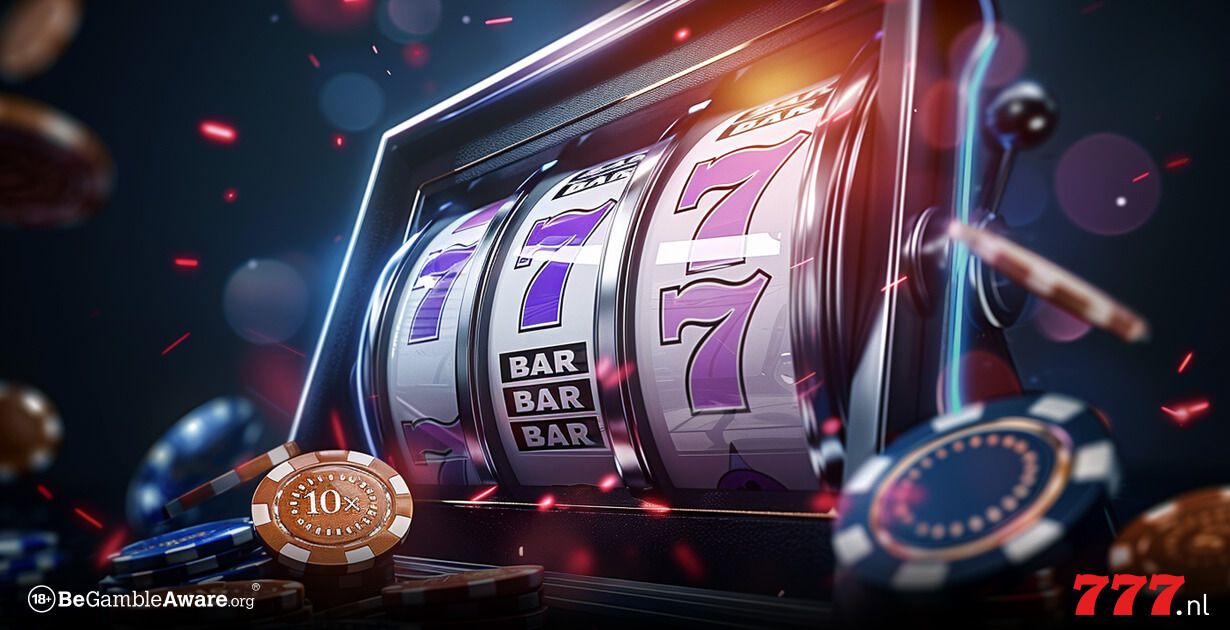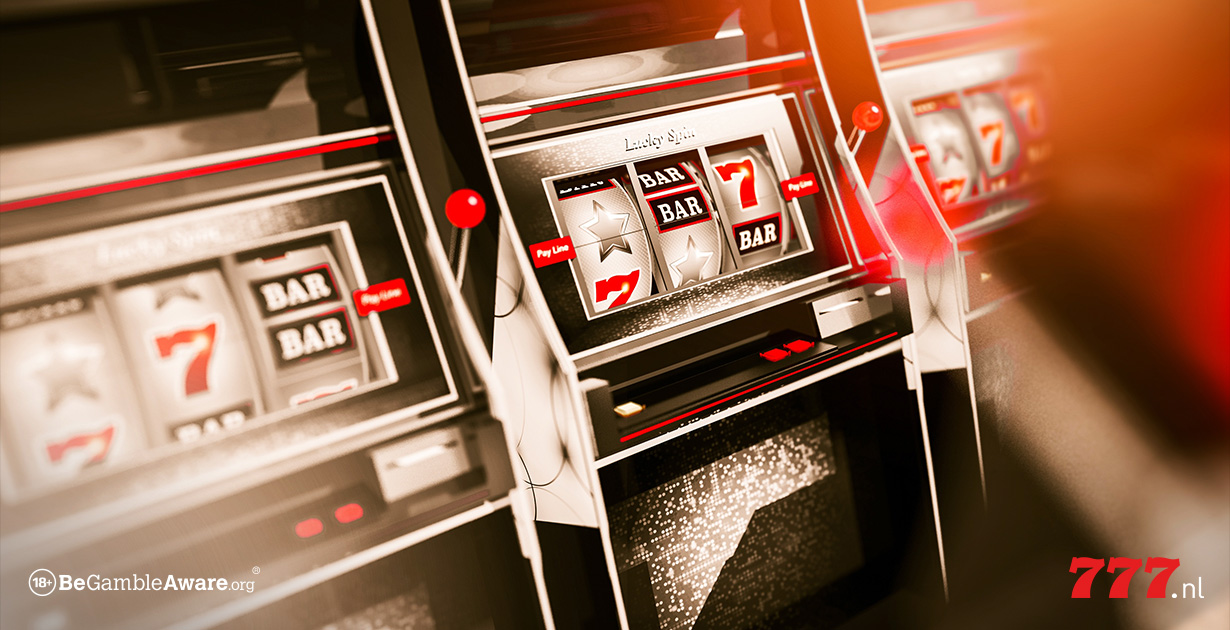Slot machines, one of the most popular forms of gambling, have a fascinating and rich history that dates back well before the well-known invention of 1891. Even in the late 19th century, there were various mechanical gambling machines that paved the way for the modern slot machine. These early devices, although simple, introduced the concepts of mechanical gambling and the use of machines for entertainment. From these primitive mechanical devices to the advanced digital versions of today, slot machines have always attracted players with their simple rules and engaging gameplay. In this blog, we dive into the extensive slots history, from their earliest precursors to the latest online and mobile innovations.
The First Slot Machines: 1891 – 1899
The history of slot machines begins in 1891 with the invention by Sittman and Pitt in New York. Their machine consisted of five drums and 50 playing cards and quickly became popular in many bars across the city. Players would insert a nickel into the machine and pull a lever to try to get a winning poker hand. The prizes varied from free drinks to cigars, depending on what the bar was willing to offer. However, this device had no direct payout mechanism.
In 1894, Charles Fey, an American inventor of Bavarian descent, brought the first true slot machine to the market, called the Liberty Bell. Fey’s machine had three spinning reels and five symbols: horseshoes, diamonds, spades, hearts, and the Liberty Bell. The simplicity of this machine made automatic payouts possible, with three Liberty Bells in a row delivering the highest payout of ten nickels. This was a revolutionary step in the history of slot machines.
Evolution and Innovation: 1902 – 1963
In 1907, Chicago-based manufacturer Herbert Mills developed a slot machine called the Operator Bell, based on the design of the Liberty Bell. These machines quickly became popular and by 1908 could be found in cigar stores, bowling alleys, and salons.
Another significant moment in the history of slot machines came in 1964 when Bally Manufacturing Co. introduced the first fully electromechanical slot machine, called Money Honey. This machine had a bottomless hopper and could automatically pay out up to 500 coins without the help of an attendant. This marked the transition from mechanical to electronic slot machines.
The First Video Slot: 1976 – 1978
The next milestone in the history of slot machines came from Fortune Coin, which developed the first video slot in 1976. This machine used a modified Sony TV for the display and was first seen at the Las Vegas Hilton Hotel. After approval by the Nevada State Gaming Commission, video slots quickly spread across the Las Vegas Strip, ushering in a new era for slot gaming.
The Rise of Online and Mobile Slot Machines: 1996 – Present
With the advent of the internet in the 1990s, a new era began for slot machines. In 1996, WMS Industries Inc. released “Reel ‘Em,” the first video slot with a second screen bonus round. This innovative concept contributed to the growth of slot machines in casinos worldwide.
The online casino world also began to flourish in the 1990s, with companies like Cryptologic and Microgaming creating the first major online casinos. The first online slot machine, Cash Splash, was released by Microgaming and was an incredible success.
In 2005, the history of slot machines changed once again with the introduction of mobile slots. Pub Fruity was the first Java casino game available on mobile phones, introducing a new way of playing without real money. The arrival of the iPhone in 2007 and the App Store in 2008 opened up new opportunities for developers to deliver slot machines directly to consumers.
The Future of Slot Machines
Today, slot machines continue to evolve thanks to technological advancements such as 5G, virtual reality, and wearables. Developers keep innovating with new game mechanisms, bonus rounds, and meta games to keep players engaged for longer. The number of video slots produced continues to grow, with approximately 100 new titles released each month.
With the ongoing improvement of mobile devices and internet connections, the future of slot machines looks bright. New and exciting games are always in the pipeline, and the history of slot machines is far from over. We look forward to the future and the innovations that will continue to emerge in this fascinating world of gambling.
The history of slot machines is a tale of continuous innovation and adaptation to changing technologies and player preferences. From the humble mechanical beginnings to the current high-tech online and mobile versions, slot machines have come a long way and remain a cornerstone of the global gambling industry.
Conclusion: A Story of Continuous Innovation in Slot Machines
The history of slot machines is a story of continuous innovation and adaptation to changing technologies and player preferences. From the earliest mechanical devices to the latest online and mobile versions, slot machines have always held a special place in the hearts of gambling enthusiasts and will continue to do so. The future of slot machines is bright and full of possibilities, and we can’t wait to see what innovations the next revolution will bring in this ever-engaging industry.
Frequently Asked Questions About the History of Slot Machines
What was the first real slot machine?
The first real slot machine was created in 1894 by Charles Fey. His machine, called the Liberty Bell, had three spinning reels and five symbols: horseshoes, diamonds, spades, hearts, and the Liberty Bell. This machine enabled automatic payouts and laid the foundation for future slot machines.
Were there predecessors to the modern slot machine before 1891?
Yes, there were several mechanical gambling machines that can be considered predecessors to the modern slot machine. An important example is the machine developed by Sittman and Pitt in 1891, which consisted of five drums and 50 playing cards. Additionally, there were mechanical automata and betting machines in the late 19th century that also served as forerunners.
When did slot machines become electronic?
The transition from mechanical to electronic slot machines occurred in 1964 when Bally Manufacturing Co. introduced the first fully electromechanical slot machine, called Money Honey. This machine had a bottomless hopper and could automatically pay out up to 500 coins, setting a new standard for future slot machines.




